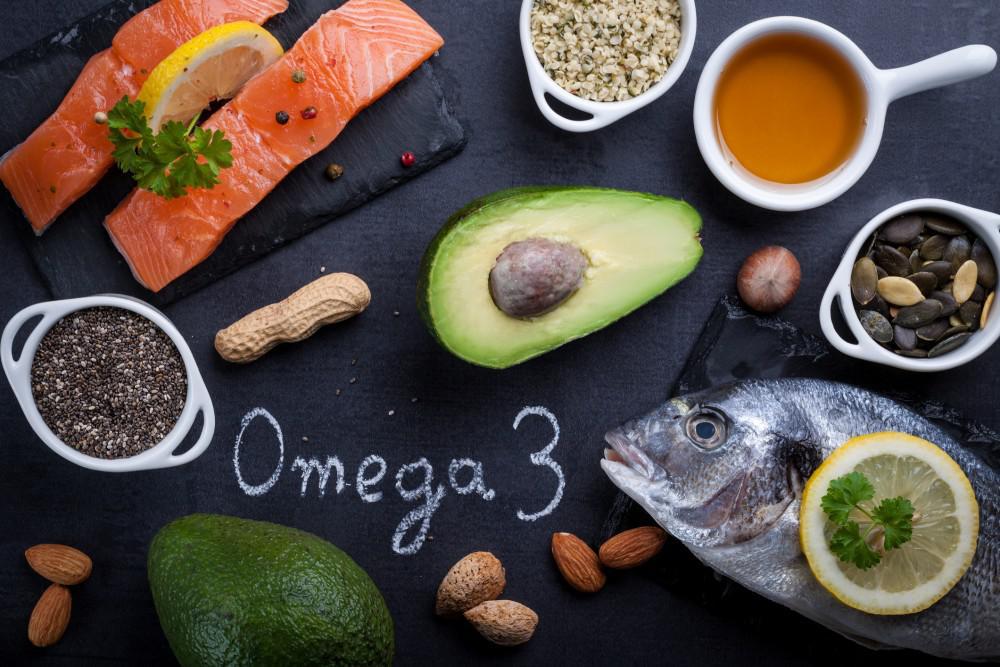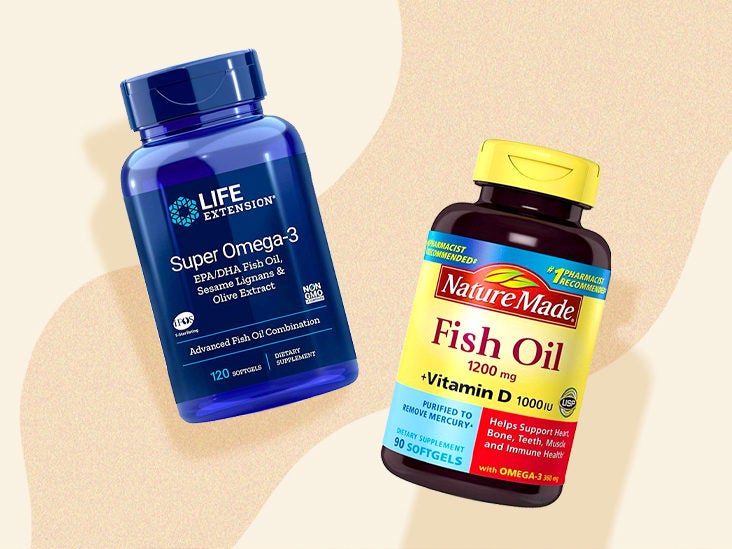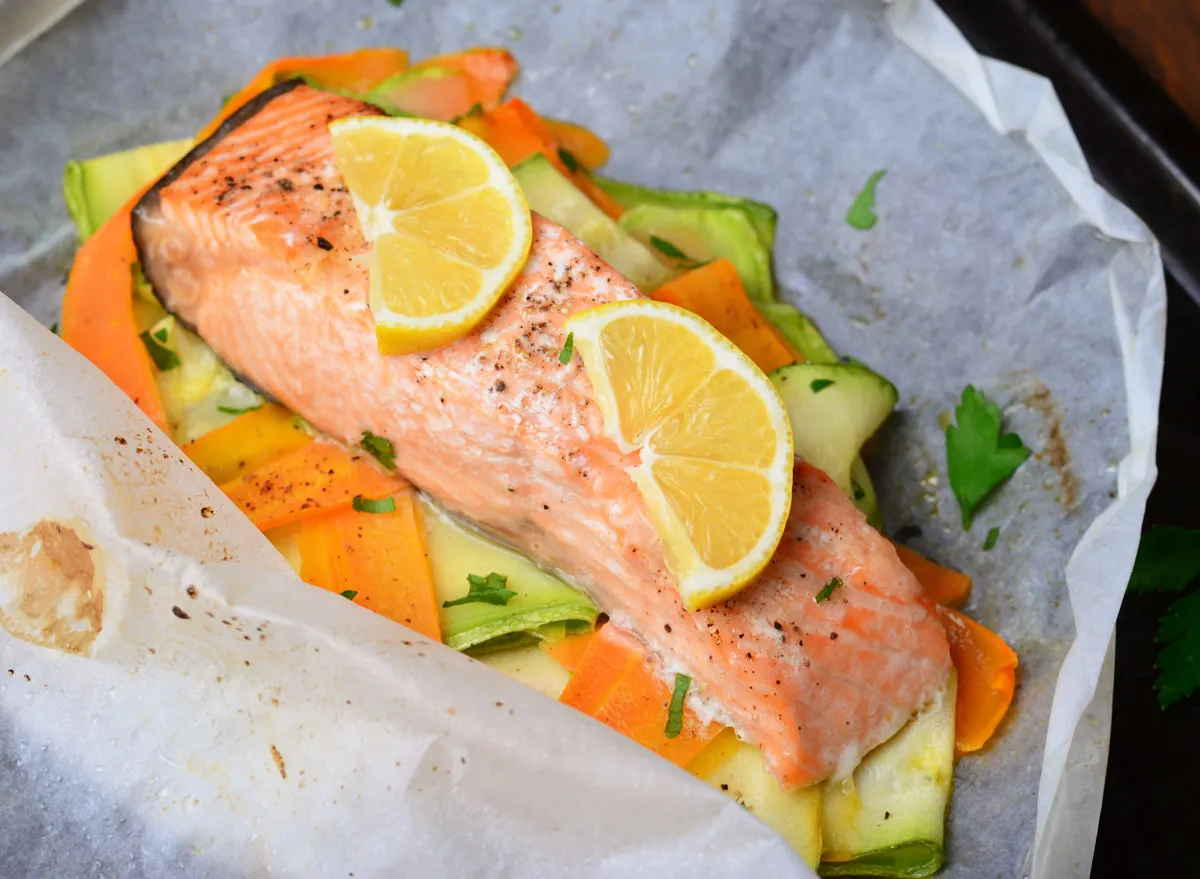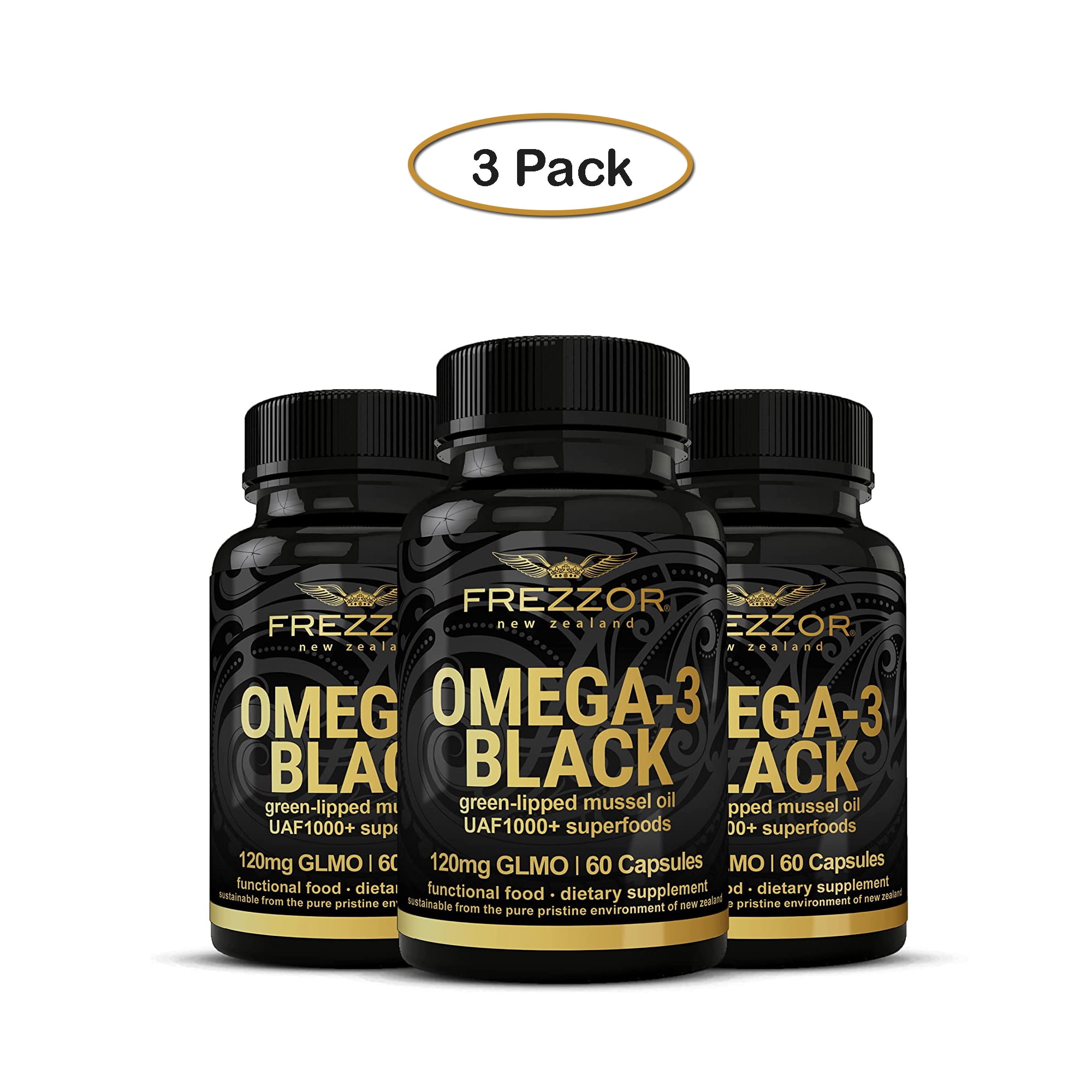Which Omega is best for inflammation?

Omega-3 fatty acids are associated with decreased inflammation. Omega-3 fatty acids are found in many foods, including salmon, eggs, walnuts, and flaxseed, as well as leafy green vegetables, such as spinach. Perhaps not surprisingly, these foods are commonly recommended as part of an anti-inflammatory diet.
Which fruit is rich in omega-3?
Omega 3 Fruits Mangoes. This summer delight has a very balanced Omega 3 vs Omega 6 fatty acids ratio. Muskmelons. It is another great option for omega 3 rich fruits available in India. Berries. Berries, especially blueberries contain 0.25 gram of omega 3 fatty acids per 100g serving. Avocado. Which is better omega-3 or 6? Most Americans eat more omega-6 fats than omega-3 fats, on average about 10 times more. A low intake of omega-3 fats is not good for cardiovascular health, so bringing the two into better balance is a good idea. But don't do this by cutting back on healthy omega-6 fats. Instead, add some extra omega-3s.
Subsequently, is there prescription strength omega-3?
Prescription medications may contain up to 90% omega-3 fatty acids, whereas over-the-counter fish oil supplements contain roughly between 30% and 50% omega-3 fatty acids, depending on the product. Prescription omega-3 drugs include: Lovaza (omega-3-acid ethyl esters): Contains both EPA and DHA. Is Vascepa the same as omega-3? Vascepa is an omega 3 fatty acid, similar to those found in a fish oil supplement. However, unlike Vascepa which contains only EPA, fish oil supplements generally contain two kinds of omega-3 fatty acids, EPA and DHA.
Subsequently, what is the difference between vascepa and omega-3?
Vascepa contains high purity eicosapentaenoic acid (EPA), which is an ethyl ester of omega-3 fatty acid, and is obtained from the oil of fish. It only contains EPA, not DHA. Vascepa is the only prescription omega-3 approved for CV reduction alongside diet modification.






Similar articles
- How much omega-3 and omega 6 fatty acids are recommended daily?
An omega-3 fatty oil intake of 2 g/day of alpha-linolenic (ALA) and 250 g/day of long-chain omega-3 fatty oils eicosapentaenoic (EPA) is recommended. A 10 g/day intake of linoleic (LA) is recommended.
- What is the difference between omega-3 and omega-3 6 9?
- Which Omega is best for ADHD?
Supplementation with omega-3 polyunsaturated fat acids (o-3PUFAs) is a popular alternative treatment. It is interesting that ADHD patients are treated with o-3-PUFAs, as they tend to be deficient in o-3. Shaw.
- Which Omega is best for hair?
- Which brand of omega-3 is best in India?
- Which fish is best for omega-3?
- Which Omega is best for skin?
 Drugs Forum
Drugs Forum
